As with most industrial machines, die casting machines come in a variety of sizes and capabilitiesIn order to make an informed purchase, it is important to understand the different types of die casting machines and what each one can do for your businessThis article will break down everything you need to know about die casting machines so that you can make an educated decision when purchasing one.
What is a Die Casting Machine And What Are Its Main Components?
A die casting machine is a machine used for manufacturing metal products by injecting molten metal into a moldThe main components of a die casting machine are the furnace, injection cylinder, and dieThe furnace melted the metal, the injection cylinder injected the molten metal into the mold, and the die cooled and solidified the metalDie casting machines can be categorized based on their closing force, or tonnageThe closing force is the force required to close the mold and hold it closed during the injection.
Die casting machines with a closing force of fewer than 800 tons are called low-pressure die casting machines, while those with a closing force of more than 800 tons are called high-pressure die casting machinesThe different types of machines each have their own advantages and disadvantagesLow-pressure die casting machines are less expensive and have shorter cycle times, but they are limited to smaller moldsHigh-pressure die casting machines are more expensive and have longer cycle times, but they can accommodate larger molds.
The Types Of Metals That Can Be Used In A Die Casting Machine
Die casting is a process that can be used to create metal parts with a high degree of precisionIn this process, molten metal is injected into a mold, where it cools and solidifiesDie casting machines can be used with a variety of metals, including aluminum, brass, and bronzeEach metal has its own unique properties that can affect the outcome of the casting process.
For example, aluminum is a lightweight metal that is known for its durabilityBrass is an alloy of copper and zinc that is often used for ornamental purposesBronze is an alloy of copper and tin that is known for its strength and resistance to corrosionBy understanding the characteristics of each type of metal, manufacturers can select the best material for their die casting needs.
How Does The Die Casting Process Work?
Die casting is a manufacturing process that involves forcing molten metal under high pressure into a mold cavityThe mold cavity is created using two hardened steel dies that have been machined to the desired shapeThe die casting process is commonly used for producing small, intricate components with a high degree of accuracyIt can also be used for large-scale production runsThe main advantage of die casting is that it allows for a high degree of repeatability and consistencyIn addition, die casting is a relatively fast and efficient manufacturing process.
The first step in the die casting process is to create the mold cavityThis is done by machining two hardened steel dies to the desired shapeThe dies are then placed in a die casting machine, where they are heated to a high temperatureNext, molten metal is injected into the mold cavity under high pressureThe metal rapidly cools and solidifies, taking on the shape of the cavityThe last step is to open the mold and remove the finished component.
Advantages And Disadvantages Of Using A Die Casting Machine
Advantages
Die casting is a manufacturing process that uses molds to create metal partsDie casting machines are presses that inject molten metal into the mold under high pressureThe advantage of using a die casting machine is that it can produce complex shapes with a high degree of accuracyIn addition, die casting is a relatively fast and inexpensive way to mass-produce metal parts.
Disadvantages
One is that the process can be very harmful to workers if proper safety precautions are not takenIn addition, die castings are often less strong than parts made with other manufacturing methodsAs a result, die casting is not always the best option for creating metal parts.
Things To Consider Before Purchasing A Die Casting Machine
Die casting is a manufacturing process that uses molds to create metal partsDie casting machines are presses that inject molten metal into the mold under high pressureThe advantage of using a die casting machine is that it can produce complex shapes with a high degree of accuracyIn addition, die casting is a relatively fast and inexpensive way to mass-produce metal parts.
However, there are also some disadvantages to using die castingOne is that the process can be very harmful to workers if proper safety precautions are not takenIn addition, die castings are often less strong than parts made with other manufacturing methodsAs a result, die casting is not always the best option for creating metal parts.
Bottom Line
Die casting machines are a versatile tool used in manufacturingThey come in a variety of sizes and can be adapted to meet the needs of your projectIf you’re looking for a quality machine that will get the job done, consider investing in a die casting machine today.
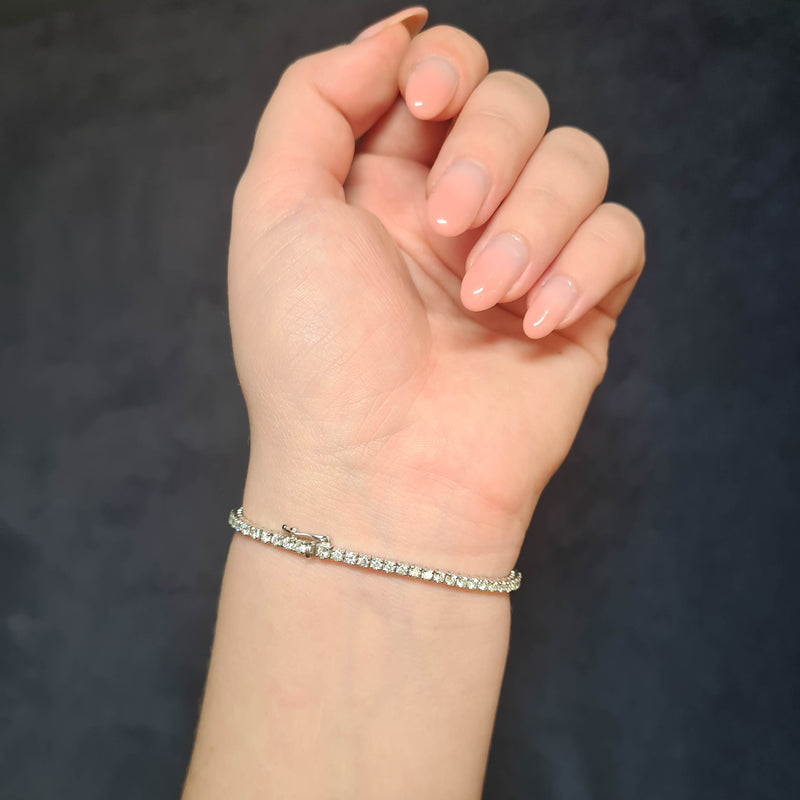 Lab Diamond Tennis Bracelet: The Epitome of Elegance and Luxury
Lab Diamond Tennis Bracelet: The Epitome of Elegance and Luxury  Unveiling the Truth: Why Mined Diamonds Are Not Scarce
Unveiling the Truth: Why Mined Diamonds Are Not Scarce  Power Duo: SEO Agency Services and Website Design in Pittsburgh
Power Duo: SEO Agency Services and Website Design in Pittsburgh 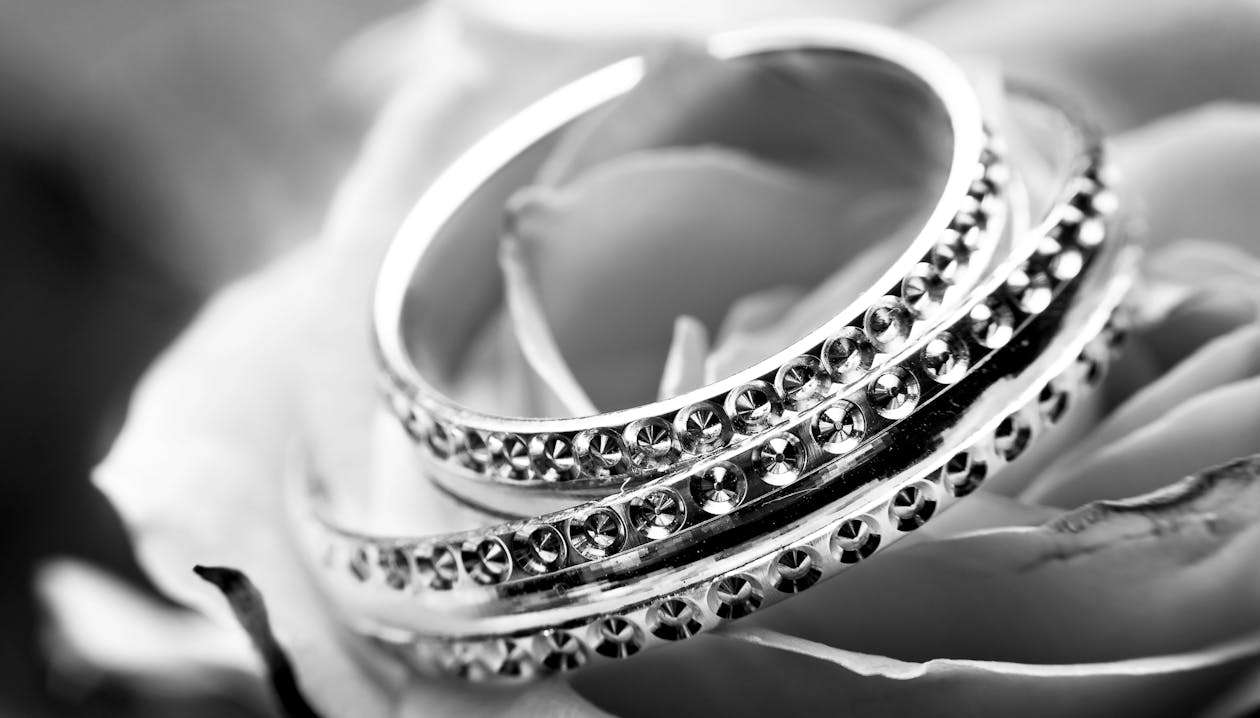 Dress Rings: A Timeless Choice with Lab-Grown Diamonds and Man-Made Diamonds
Dress Rings: A Timeless Choice with Lab-Grown Diamonds and Man-Made Diamonds 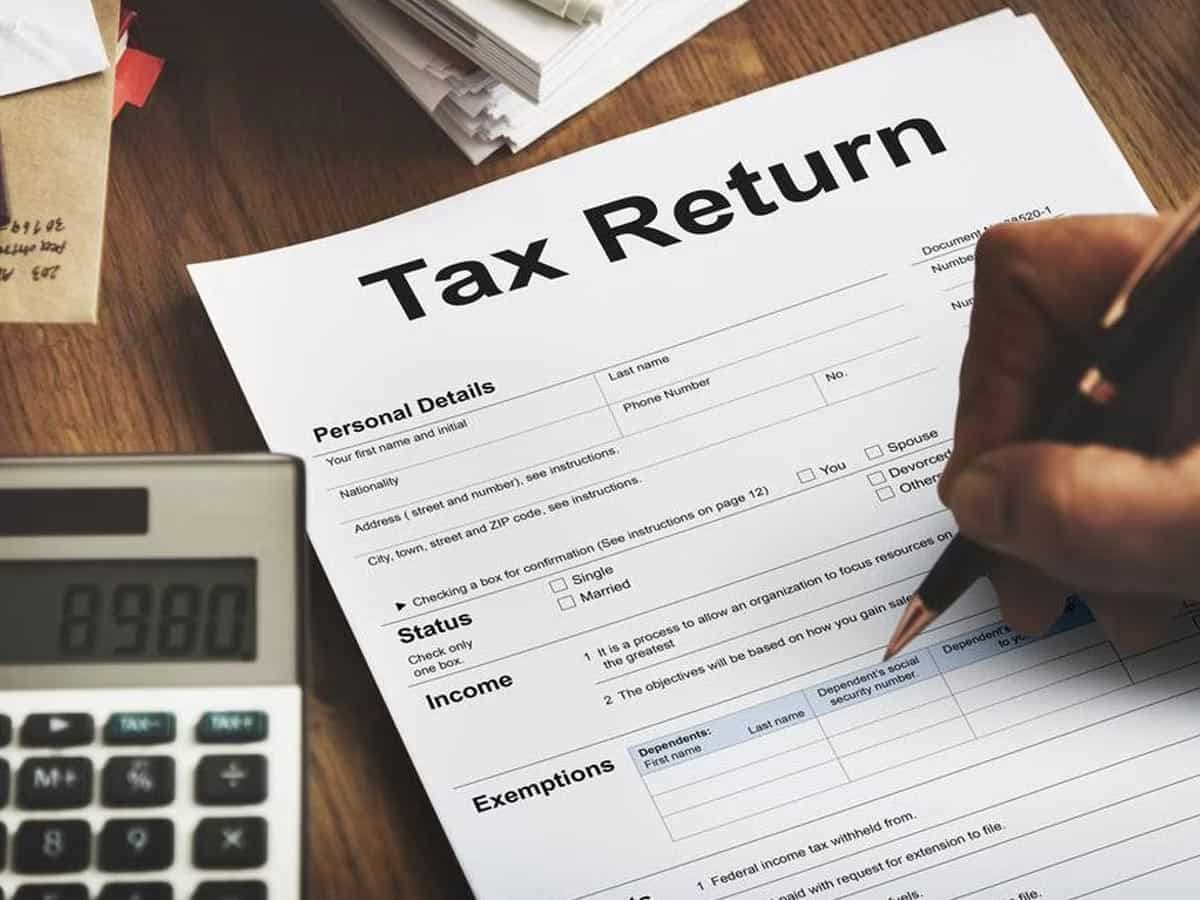 What is the Penalty for Non-Filing of Income Tax Return?
What is the Penalty for Non-Filing of Income Tax Return? 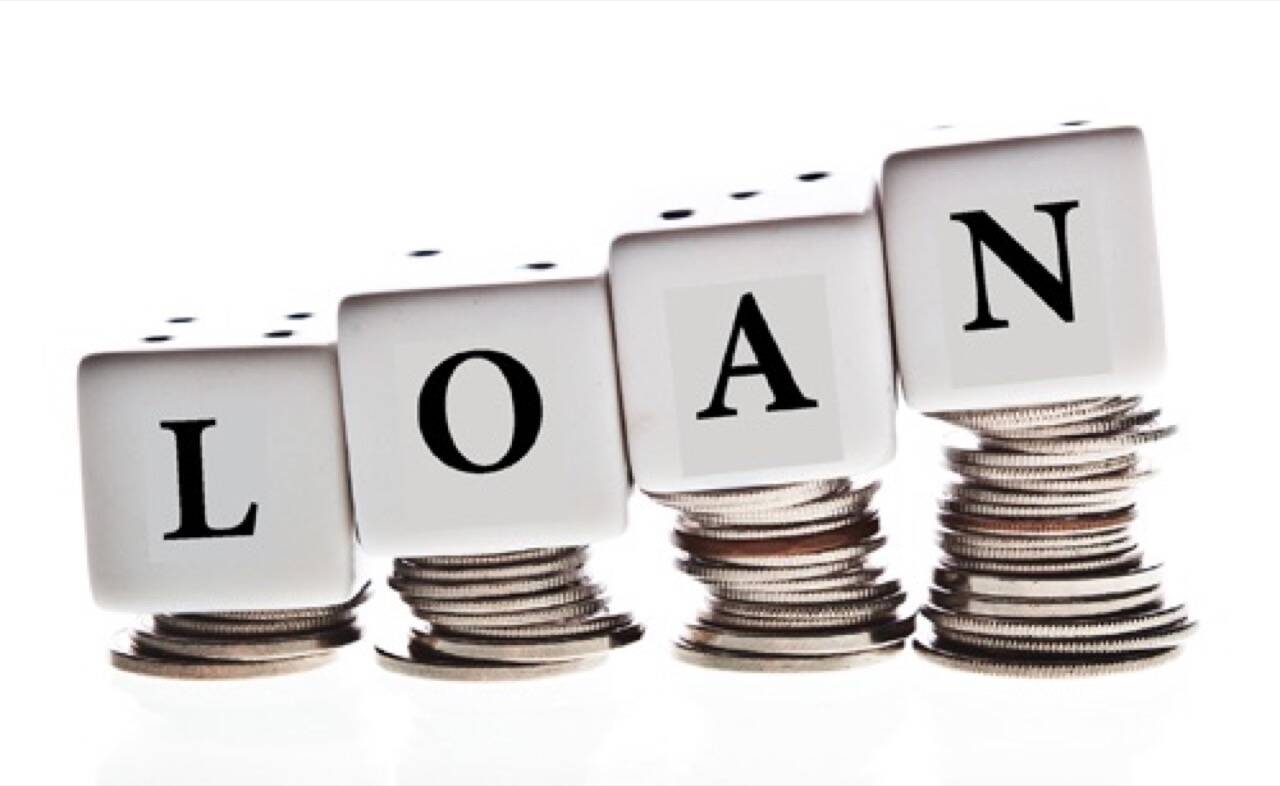 Easiest Tribal Loans – Get Financial Aid with Just Two Clicks
Easiest Tribal Loans – Get Financial Aid with Just Two Clicks 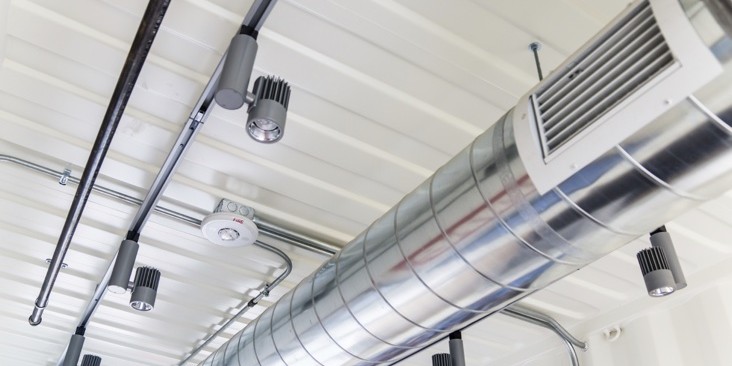 Revolution in Retail: The Influence of HVAC Design on Customer Experience
Revolution in Retail: The Influence of HVAC Design on Customer Experience 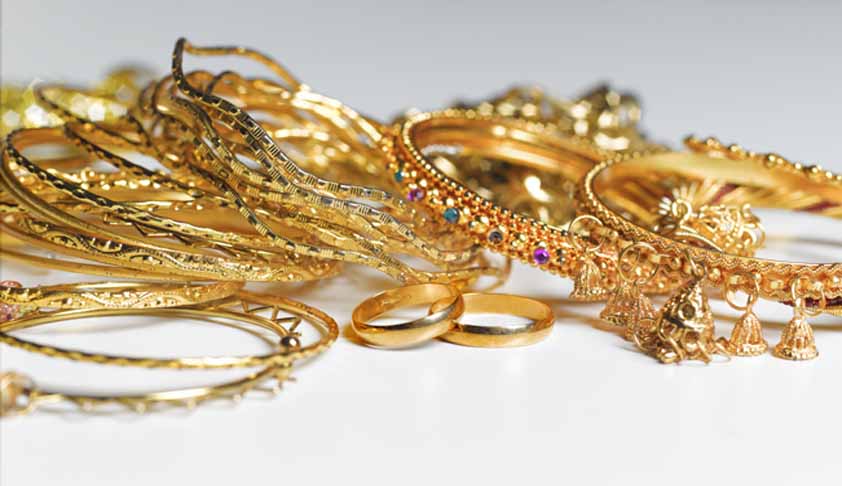 Where to Sell My Designer Bag and Sell Gold in Melbourne: A Comprehensive Guide
Where to Sell My Designer Bag and Sell Gold in Melbourne: A Comprehensive Guide  How Long Does Adderall Stay in Your System? What You Need to Know
How Long Does Adderall Stay in Your System? What You Need to Know 